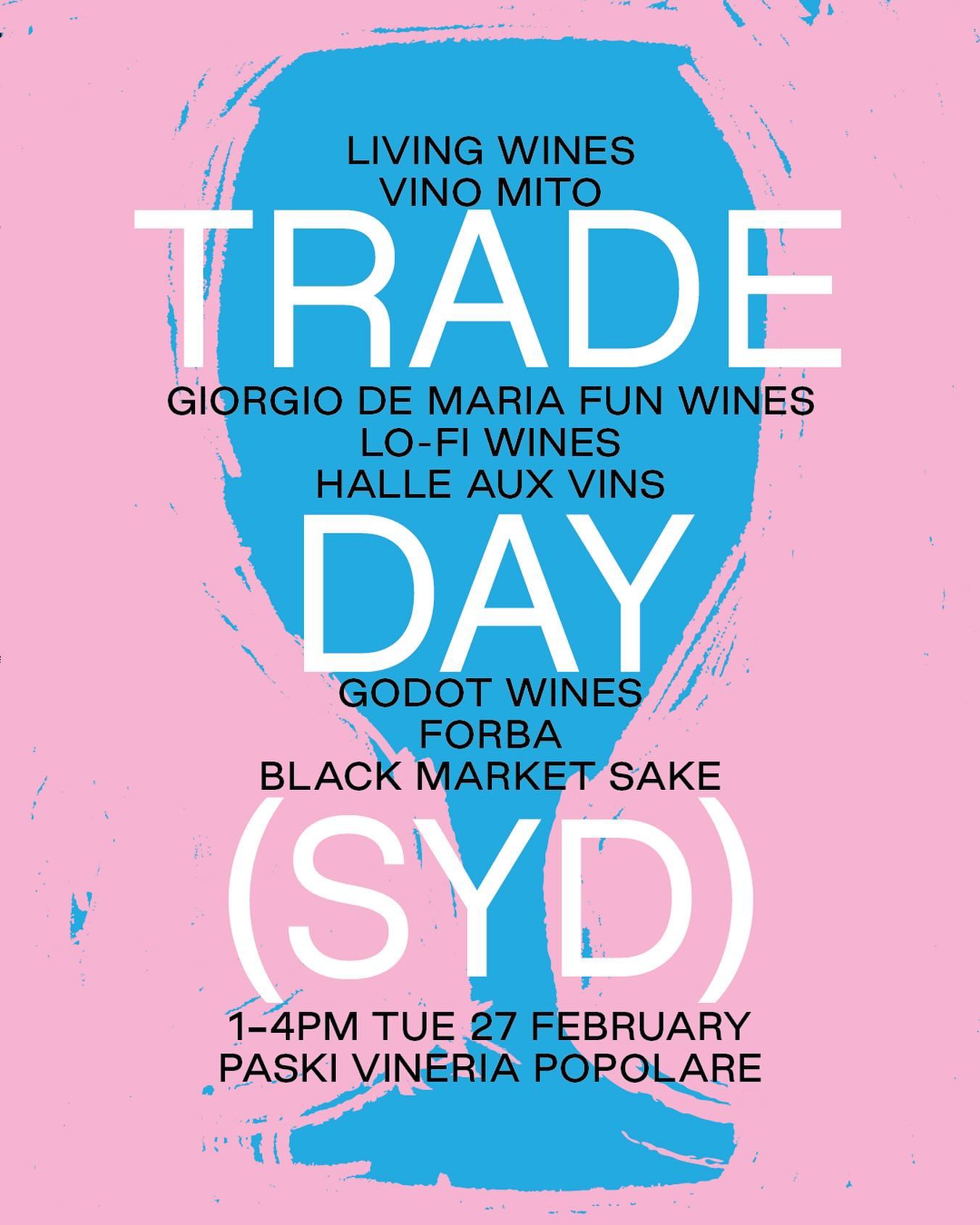Bar Tartine – Introduction
Bar Tartine has been a very successful venture in San Francisco, and although it closed in 2016 many customers still remember the amazing food that was created here by the authors of this book.
We particularly like this book because it concentrates on techniques rather than just giving a recipe to follow.
We believe that explaining techniques and allowing readers to understand why a particular approach is adopted is far more important than just providing a mindless set of instructions.
This is why we love the book called Masterclass: Expert Lessons in Kitchen Skills where twelve experts ranging from Elizabeth David to Richard Olney take on one topic and explain WHY you need to make a recipe in a certain way. David spends 7 pages explaining how to make a mayonnaise by hand, for example.
In this book authors Balla and Burns (with excellent photographs by Chad Robertson) range over many topics from drying herbs and alliums, making powders, creating spice mixes, sprouting and soaking, making vinegars, pickles and preserves and making stocks.
Perhaps Chad Robertson (who took the stunning photos in the book) explains this best in the Foreword:
The food of Bar Tartine is firmly grounded in the commonalities within traditional preservation and processing techniques across the globe. This layering of flavors – ones that naturally complement each other in techniques or origin, even as they are culled from different cultures – is the key to unlocking long forgotten depths of flavor.
The last phrase is vital if you want to gain an understanding of what this book is trying to achieve – it is the depth of flavour, which is no better demonstrated than in the technique for creating a stock from just two main ingredients – mushrooms and dried kombu – which coaxes amazing levels of umami out of these “simple” ingredients. They also are kind enough to acknowledge Bo Bech from Copenhagen as the source for the inspiration.
The second half of the book is then dedicated to recipes that apply the techniques discussed in the first half. It covers recipes for soups, salads, shared plates, a harvest party and sweets.
An example of a recipe that we find very interesting is using celeriac (celery root) to make a dish similar to the Chinese yum cha favourite called turnip cake. The cooked celeriac is held together with rice flour and lard. The explanation is very easy to follow and no exotic ingredients are required.
Bar Tartine has been included in our Foodtourist Top Fifty Cookbooks list.
You can buy the book by clicking on the link below.






















